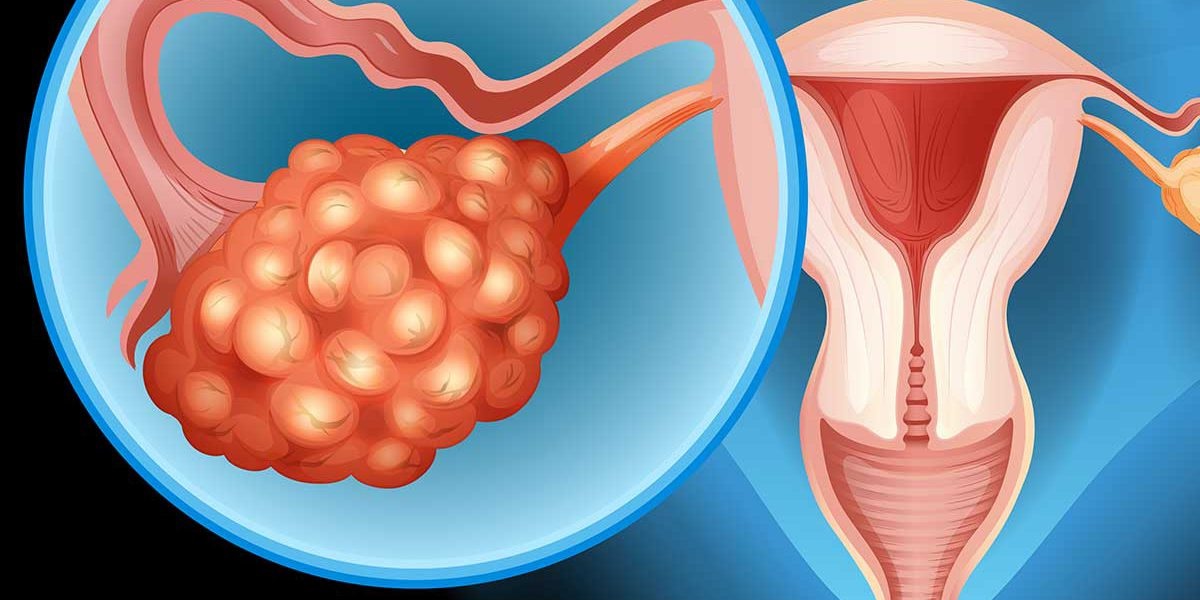
What is a follicular cyst of the ovary? A follicular cyst of the ovary is a fluid-filled sac that forms on an ovary during a woman's menstrual cycle. These cysts develop when a follicle, which is supposed to release an egg, doesn't rupture or release its egg. Instead, it continues to grow and becomes a cyst. Most of these cysts are harmless and go away on their own within a few menstrual cycles. However, they can sometimes cause discomfort or complications. Understanding the basics of these cysts can help in recognizing symptoms and knowing when to seek medical advice. Let's dive into 30 facts about follicular cysts of the ovary to better understand this common condition.
What is a Follicular Cyst of the Ovary?
A follicular cyst of the ovary is a fluid-filled sac that forms on or inside an ovary. These cysts are common and usually harmless, often resolving on their own without treatment. Let's dive into some fascinating facts about these ovarian cysts.
- Follicular cysts develop when a follicle (a small sac in the ovary that contains an egg) doesn't release the egg during the menstrual cycle.
- These cysts are typically less than 2.5 centimeters in diameter but can grow larger.
- Most follicular cysts are benign, meaning they are not cancerous.
- They are most common in women of reproductive age, particularly those between 20 and 35 years old.
- Follicular cysts often cause no symptoms and are discovered during routine pelvic exams or ultrasounds.
- When symptoms do occur, they may include pelvic pain, bloating, or irregular menstrual periods.
- Hormonal imbalances, particularly involving estrogen and progesterone, can contribute to the formation of these cysts.
- Follicular cysts usually resolve on their own within one to three menstrual cycles.
- Birth control pills can help prevent the formation of new cysts by regulating hormone levels.
- In rare cases, a follicular cyst can rupture, causing sudden and severe pelvic pain.
How Are Follicular Cysts Diagnosed?
Diagnosing a follicular cyst typically involves a combination of medical history, physical examination, and imaging tests. Here are some key facts about the diagnostic process.
- A pelvic exam is often the first step in diagnosing an ovarian cyst.
- Ultrasound is the most common imaging test used to visualize ovarian cysts.
- Transvaginal ultrasound provides a clearer image of the ovaries and any cysts present.
- Blood tests may be conducted to rule out other conditions, such as ovarian cancer.
- In some cases, a doctor may recommend a CT scan or MRI for further evaluation.
- Follicular cysts are often diagnosed incidentally during imaging tests for other conditions.
- Monitoring the cyst over time with repeat ultrasounds can help determine if it is shrinking or growing.
- A doctor may perform a pregnancy test to rule out an ectopic pregnancy, which can cause similar symptoms.
Treatment Options for Follicular Cysts
While many follicular cysts resolve on their own, some may require treatment. Here are some facts about the various treatment options available.
- Watchful waiting is a common approach for small, asymptomatic cysts.
- Pain relievers, such as ibuprofen, can help manage discomfort associated with cysts.
- Hormonal birth control can prevent the formation of new cysts and regulate menstrual cycles.
- In cases where a cyst is large or causing significant symptoms, surgical removal may be necessary.
- Laparoscopy is a minimally invasive surgical procedure used to remove ovarian cysts.
- Laparotomy, a more extensive surgical procedure, may be required for larger cysts or those suspected of being cancerous.
- After surgery, most women can return to normal activities within a few weeks.
- Regular follow-up appointments are important to monitor for the recurrence of cysts.
Potential Complications of Follicular Cysts
Although follicular cysts are usually harmless, complications can sometimes arise. Here are some important facts about potential complications.
- A ruptured cyst can cause severe pain and internal bleeding, requiring immediate medical attention.
- Ovarian torsion occurs when a cyst causes the ovary to twist, cutting off its blood supply. This is a medical emergency.
- Large cysts can cause the ovary to become displaced, leading to discomfort and other symptoms.
- In rare cases, untreated cysts can lead to infertility or complications during pregnancy.
Understanding follicular cysts of the ovary can help women recognize symptoms, seek appropriate medical care, and make informed decisions about their health.
Key Points to Remember
Follicular cysts of the ovary are common and usually harmless. They often form during the menstrual cycle and typically resolve on their own within a few months. Symptoms can include pelvic pain, bloating, and irregular periods, but many women experience no symptoms at all. Regular check-ups and ultrasounds can help monitor these cysts. If a cyst becomes large or causes severe pain, medical intervention might be necessary. Treatments range from hormonal birth control to surgery in rare cases. Maintaining a healthy lifestyle and staying informed about your reproductive health can make a big difference. Always consult a healthcare provider if you have concerns or symptoms that worry you. Understanding your body is the first step to taking control of your health. Stay proactive, stay informed, and don't hesitate to seek medical advice when needed.
Was this page helpful?
Our commitment to delivering trustworthy and engaging content is at the heart of what we do. Each fact on our site is contributed by real users like you, bringing a wealth of diverse insights and information. To ensure the highest standards of accuracy and reliability, our dedicated editors meticulously review each submission. This process guarantees that the facts we share are not only fascinating but also credible. Trust in our commitment to quality and authenticity as you explore and learn with us.
